Outer Space & Universe
Outer Space & Universe
Space, also known as outer space, is the near-vacuum between celestial bodies. It is where everything (all of the planets, stars, galaxies and other objects) is found.
On Earth, space begins at the Kármán line (100 km above sea level). This is where Earth's atmosphere is said to stop and outer space begins. This is not a firm boundary but is a convention used by scientists and diplomats.
Items in space are free to move back and forth; up and down; and left and right. These three dimensions are what make 3D space. Items also move forward through time, which is sometimes called the fourth dimension.
The majority of space contains very little matter and so most of it is a vacuum. Scientists do not know how big space is but we do know that space is extremely big, and is always expanding.
According to the big bang theory, all matter and energy in the Universe was compressed into a very small space. Then it exploded and started expanding. Space is still growing in size today; this means the distance from one galaxy to distant galaxies is getting longer.
Gravity is the force that keeps the Moon in orbit around the Earth and the planets in orbit around the Sun. Gravity can stretch and bend space similar to how a heavy ball placed on a stretched sheet of rubber will cause the rubber to stretch. The scientist who discovered that space can bend is named Albert Einstein. How gravity bends space is part of his theory of general relativity.
Astronauts, Cosmonauts, Taikonauts and Spationauts
An astronaut is any person who is trained by NASA to travel and perform tasks in space. Although the space traveler may not necessarily be a United States citizen, each astronaut does go through a rigorous training regiment by the National Aeronautics and Space Administration. Other space travelers go by other names then astronaut depending on their country of origin.
In the United States, astronaut is derived from the Greek words ástron (star) and nautis (sailor). While, in Russia, a space traveler goes by the name космонавт (English: cosmonaut), which is derived from the Greek words kosmos (universe) and nautis (sailor). Westerners call a space traveler from China a taikonaut, based on the 1998 writings of Chiew Lee Yik and Chen Lan where the term tàikōng (great emptiness), Chinese for “space”. In China, the term yuháng yuán (universe navigator) is used for space traveler.
Only the United States of America (United States), Russia (earlier, the Union of Soviet Socialist Republics), and the People’s Republic of China (China) have sent manned spacecraft into space. Other countries have assisted these countries by sending their own space travelers on space missions. For instance, a French space traveler is called a spationaut (from the French word spationaute), which is derived from the Latin spatium (space) and Greek nautis (sailor). (plural in Greek nautes = sailors)
-
05:10

Cygnus Cargo Spacecraft Launches To Space Station | Video
Added 828 Views / 0 LikesCygnus Cargo Spacecraft Launches To Space Station | Video
-
02:27
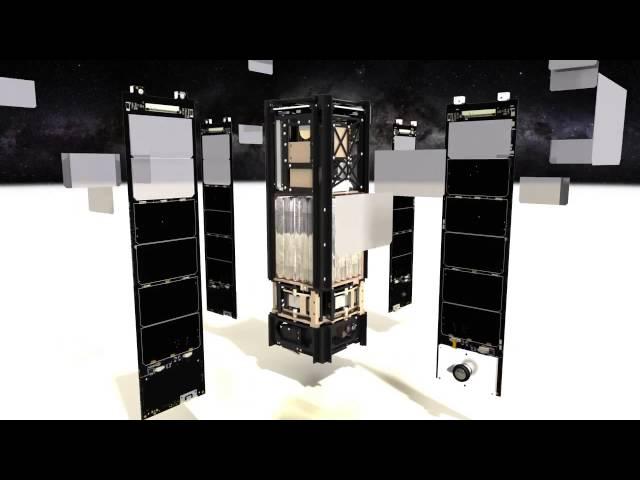
Solar Sails Could Beat the 'Rocket Equation' | Animation
Added 628 Views / 0 LikesSolar Sails Could Beat the 'Rocket Equation' | Animation
-
06:24

Galaxies' Merger 'Drips' With New Stars | Video
Added 798 Views / 0 LikesGalaxies' Merger 'Drips' With New Stars | Video
-
02:51

Mars 'Dropship' Quadcopter Could Land Rovers | Video Flight-Test
Added 653 Views / 0 LikesMars 'Dropship' Quadcopter Could Land Rovers | Video Flight-Test
-
01:41

Rosetta Mission Contest Offers Trip To Landing Event, ESA Swag | Video
Added 723 Views / 0 LikesRosetta Mission Contest Offers Trip To Landing Event, ESA Swag | Video
-
01:32
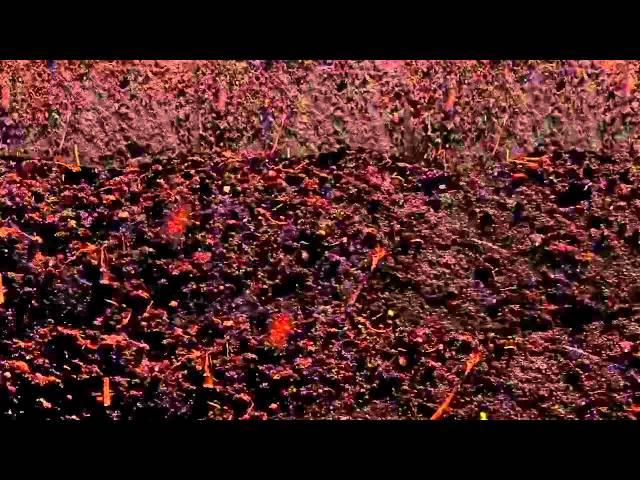
How Wet is Earth's Soil? Moisture Maps from Space | Video
Added 659 Views / 0 LikesHow Wet is Earth's Soil? Moisture Maps from Space | Video
-
00:49

Strong Solar Flare Spits Fire, Snapped By Spacecraft | Video
Added 862 Views / 0 LikesStrong Solar Flare Spits Fire, Snapped By Spacecraft | Video
-
01:05

'Great Eruption' Nebula Visualization is 3D Printable | Video
Added 847 Views / 0 Likes'Great Eruption' Nebula Visualization is 3D Printable | Video
-
02:25

Supermassive Black Hole's Arms 'Strangle' Galaxy's Starbirth | Video
Added 1,027 Views / 0 LikesSupermassive Black Hole's Arms 'Strangle' Galaxy's Starbirth | Video
-
02:56

Solar Observatories To Fly Behind Sun | Video
Added 550 Views / 0 LikesSolar Observatories To Fly Behind Sun | Video
-
00:44

Comet's Galactic 'Fly-By' Snapped By Spacecraft | Video
Added 820 Views / 0 LikesComet's Galactic 'Fly-By' Snapped By Spacecraft | Video
-
00:53
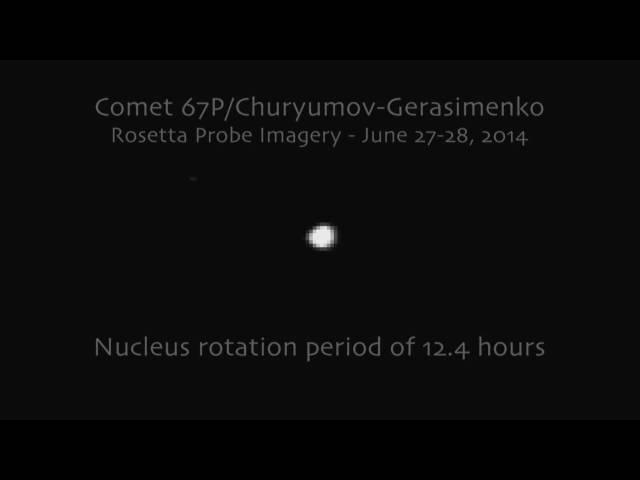
Rosetta Probe Snaps Spinning Comet Nucleus | Video
Added 821 Views / 0 LikesRosetta Probe Snaps Spinning Comet Nucleus | Video
-
00:42

Hurricane Arthur Snapped By Satellite | Video
Added 808 Views / 0 LikesHurricane Arthur Snapped By Satellite | Video
-
04:00

Tropical Storm Arthur Captured By Space Station | Video
Added 770 Views / 0 LikesTropical Storm Arthur Captured By Space Station | Video
-
00:49

Frozen Rocky Planet Discovered in Binary System | Visualization
Added 805 Views / 0 LikesFrozen Rocky Planet Discovered in Binary System | Visualization
-
01:02
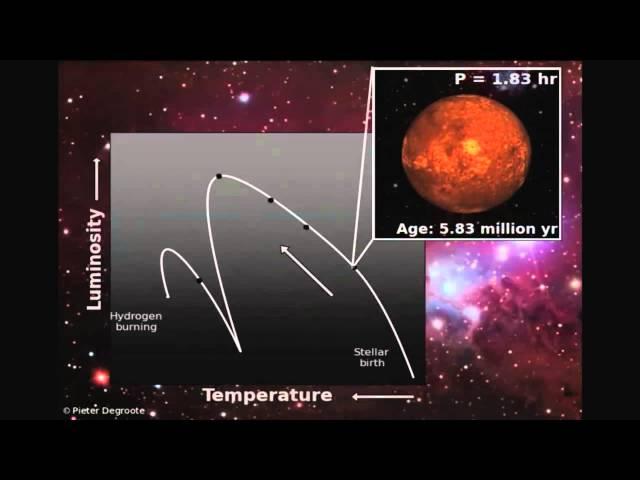
Stars' 'Pulses' Used To Determine Age | Animation
Added 699 Views / 0 LikesStars' 'Pulses' Used To Determine Age | Animation
-
00:32

Candidate 'Goldilocks' Planets Debunked, New Research Finds | Animation
Added 665 Views / 0 LikesCandidate 'Goldilocks' Planets Debunked, New Research Finds | Animation
-
01:47
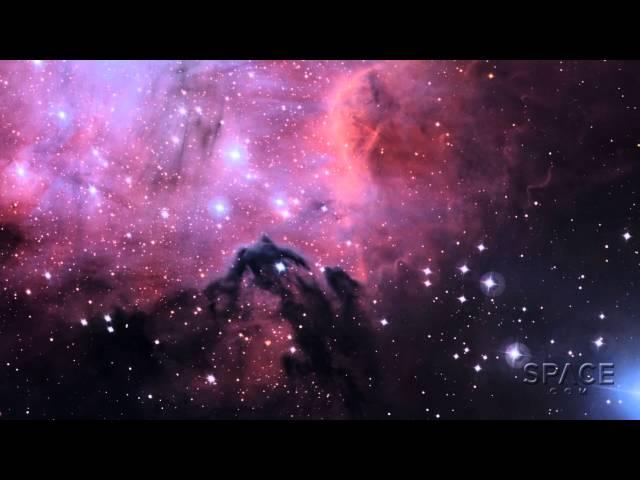
Young Hot Stars, Beautiful and Deadly, Will Kill Their Mother Nebula | Video
Added 820 Views / 0 LikesYoung Hot Stars, Beautiful and Deadly, Will Kill Their Mother Nebula | Video
-
03:17
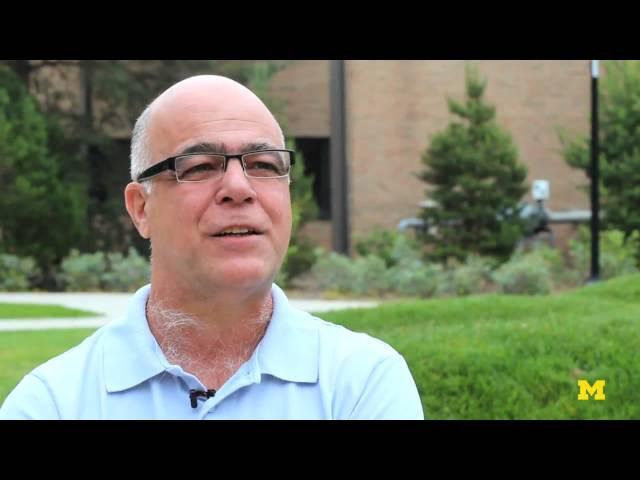
How Does Mars Make Liquid Water? | Video
Added 818 Views / 0 LikesHow Does Mars Make Liquid Water? | Video
-
05:45
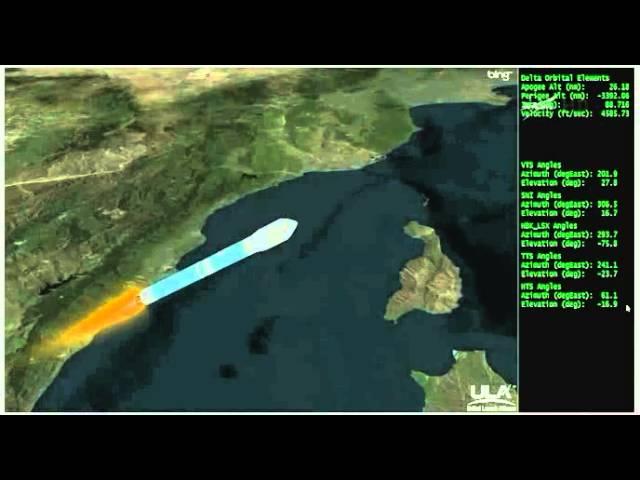
Blast-Off! Orbiting Carbon Observatory Launches From California | Video
Added 838 Views / 0 LikesBlast-Off! Orbiting Carbon Observatory Launches From California | Video
